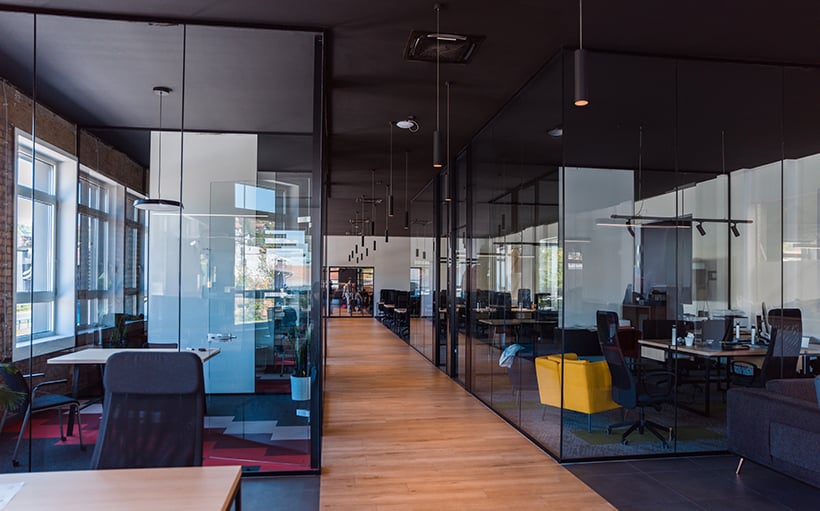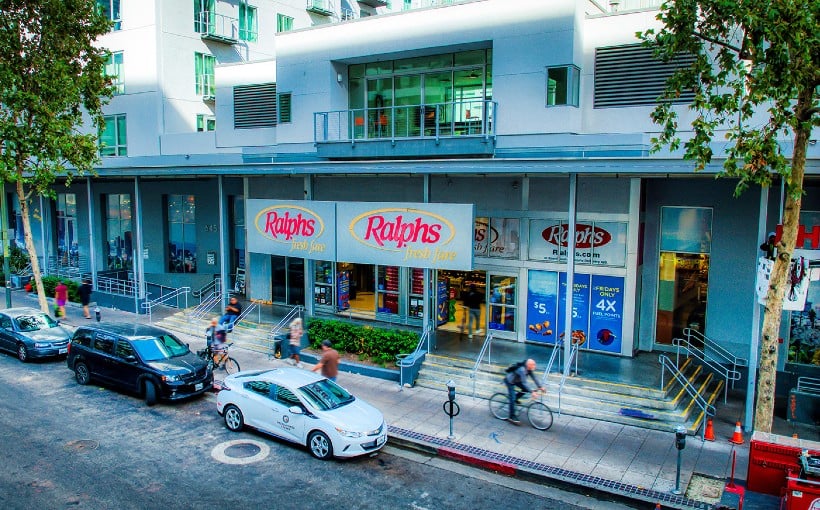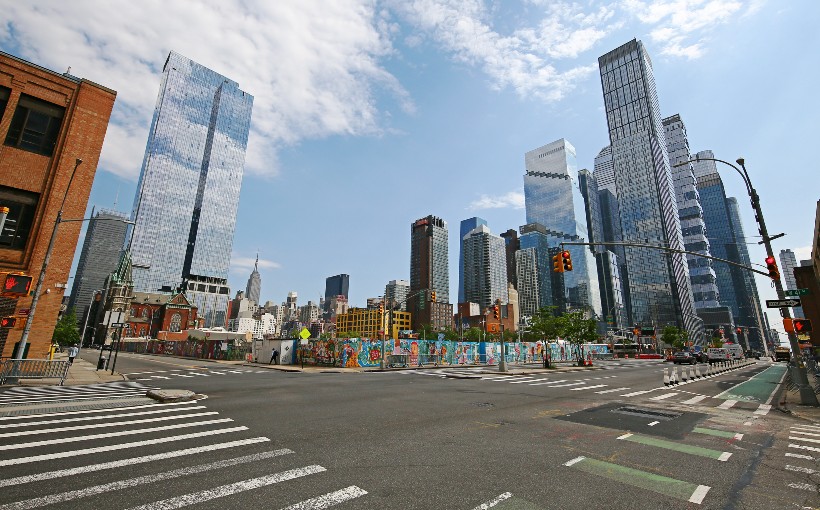When the term “flex space” is mentioned, one may imagine a large room, typically an office, with movable walls and portable furniture. The word “flex” itself implies flexibility. However, according to experts in Connect CRE, the concept has evolved to encompass various formats in both interior and exterior spaces.
So what exactly is flex space? According to Emily Strain from Corgan’s Associate Principal team, historically it referred to adaptable spaces that could easily be transformed at minimal cost for different uses or additional staff. However, as Strain explains: “‘Flex’ now means finding new and innovative ways of utilizing space.” This can include different seating arrangements in workplaces or accommodations for remote work.
Albert De Plazaola from Unispace adds that flex generally has two main attributes:
1) It can be easily reconfigured for different purposes using demountable wall systems or changeable protocols.
2) It includes furniture systems that can shift depending on headcount or project needs – also known as “furnitecture.”
Strain notes that while flex has traditionally been associated with workplaces, it applies to any built environment. She explains: “Most built environments are only used part of the day…creating dual functionality within a single space reduces construction waste and operational costs.”
Jason Fudin from Placemakr emphasizes how offering customers options instead of a one-size-fits-all approach is another aspect of flex. He says: “[With our] flexible living spaces…we provide empty or fully furnished apartments [and] virtual check-ins.” This allows them to meet their customers’ needs wherever they are.
Furthermore,”Fudin points out how external factors such as the pandemic have influenced this change towards more sustainable real estate practices which work through all cycles and seasons.” Additionally,”he observes how customer perceptions have shifted over time – where renting rooms through Airbnb was once unthinkable but now commonplace; similarly people seek out tech-forward options like WeWork or Industrious for conference spaces.
De Plazaola believes that the success of a flex strategy depends on how easily a space can be transformed into different uses. He calls this the “smart block” approach, where each block represents a different function and can be swapped as needed – think Legos for workspaces.
Strain adds that utilization is also an important measure of success. She notes: “We’ve seen well-designed and well-intentioned spaces go underutilized due to lack of desire from end users.” Therefore, it’s crucial to align flexible work environments with an organization’s culture and policies.
Fudin measures success in terms of higher yields, lower volatility, and engaging happier customers through revenue sharing agreements instead of traditional leases. However,”the experts caution that flex isn’t suitable for everyone.” For example,”private offices may not be good candidates due to privacy concerns.”
De Plazaola suggests looking at diverse settings like airport lounges or co-working spaces as potential options while Strain emphasizes the importance of intentional design rather than simply giving users free rein with design choices which may not scale successfully in future use cases.
Finally,”flex requires being intentional regarding physical build-out…designing with respect to building codes so you can change use without hindrance.” As Fudin concludes:”Flex means designing with flexibility in mind from day one.”




